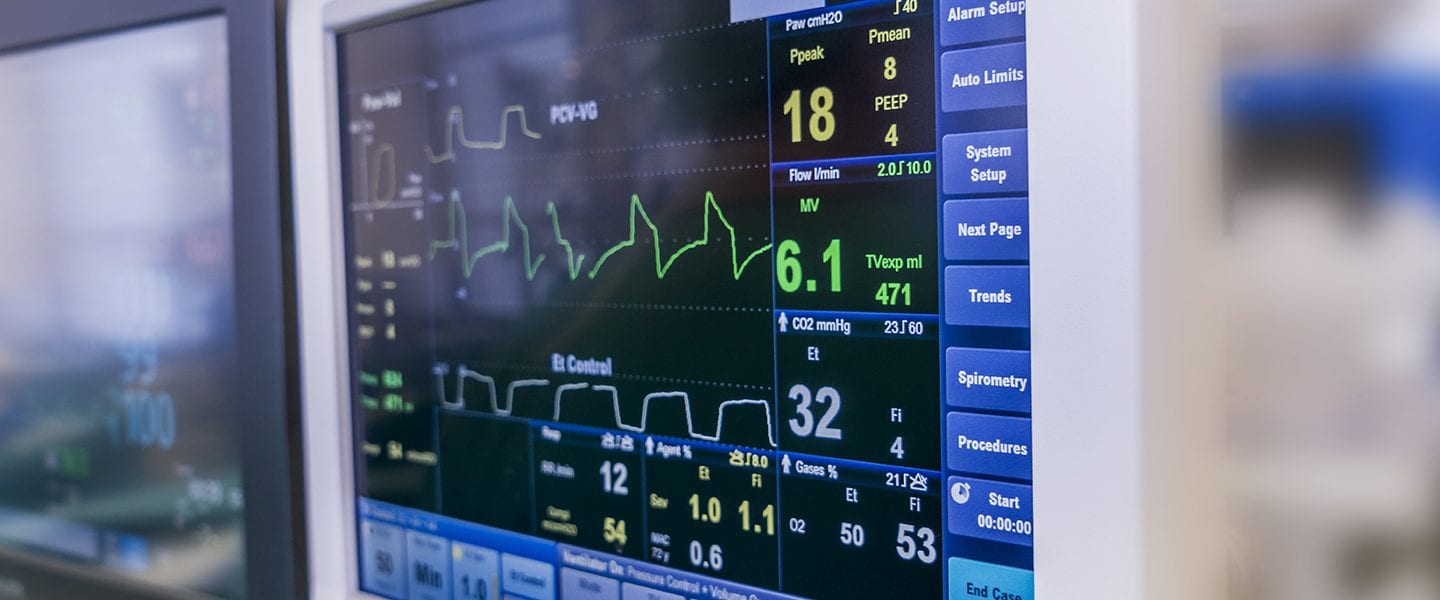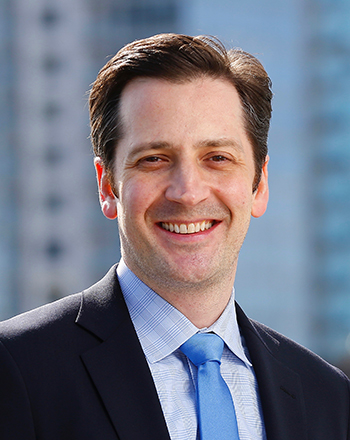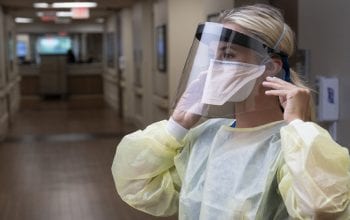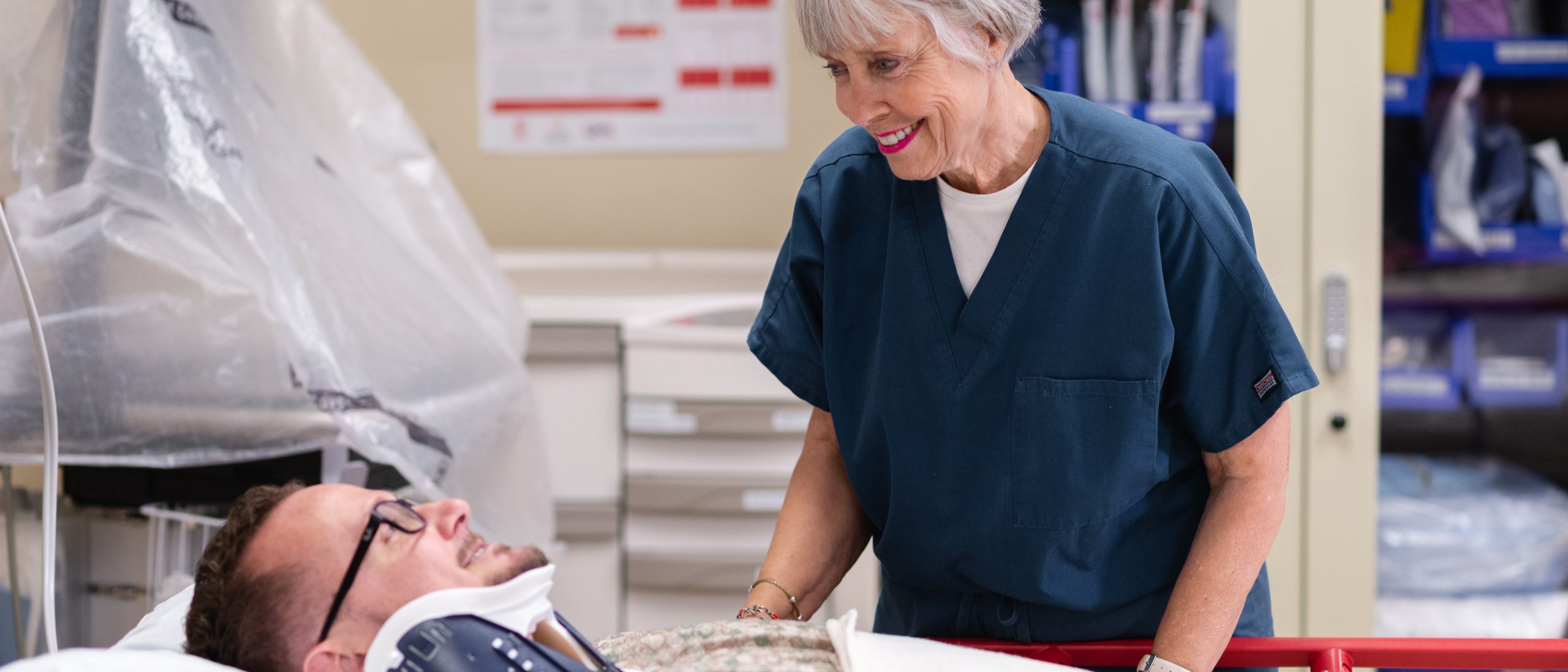Leaders at HCA Healthcare took action when they realized that patient screens could be doing more.



Aaron Montlary
When you’re in the hospital, screens take on a lot of significance. Entertainment, engagement, care information — a screen is a patient’s hub for communication. When leaders at HCA Healthcare realized that patient screens weren’t being used to their full potential, they turned to Information Technology & Services (IT&S).
“We had some rooms where the MyCare screens were 43-inch smart TVs and the actual TV screens were 20-inch, standard definition,” says Aaron Montlary, enterprise architect with IT&S. “We knew we could do better, and that we could take this opportunity to create a real strategy combining care and communication.”
They needed a platform that would allow users to switch from watching TV and using apps to accessing the MyCare health information dashboard. Montlary’s team collaborated with leadership, IT and clinical staff to nail down functionality, and along the way, they started development in-house. What they ended up with was a platform that places MyCare information on the same panel as the TV itself.
“It simplifies the patient experience and allows them to engage in their care all the time,” says Montlary. “It also moves services closer to the patient.” The platform can be used to watch TV, obviously, and also to use streaming services like Netflix or Hulu. It can also airplay or “cast” images onto the screen.
“When the Continental division piloted Apple TVs in the Denver market, airplay was popular with patients but also with physicians,” says Montlary. “Now iPhones with clinical data can be used as a teaching tool — putting up a scan on a TV screen, for example — and that’s been hugely popular. People are coming up with tons of ideas now.”
We knew we could do better, and that we could take this opportunity to create a real strategy combining care and communication.— Aaron Montlary
Up next is adding functionality to allow patients to submit non-clinical requests such as blankets or ice chips, and to run localized video translation services with patients or families. Montlary’s team also plans eventually to add video rounding capabilities for physician use and voice-enabled controls. Since the launch of the pilot in Hendersonville, Tennessee, feedback about the platform has been overwhelmingly positive.
“One elderly patient had his grandson in the room, and the two of them ended up FaceTiming with the rest of their family who couldn’t be there. The patient was just amazed,” says Montlary. “We also had a mom who was there to deliver her second child, and her 3-year-old little girl was bouncing off the walls. The nurse showed the family how to use iTunes to play the girl’s favorite movie, which gave the child something to do and helped relax the mom — well, as much as she could relax.”
The platform is already paying off, saving HCA Healthcare a minimum of $250 per patient bed in equipment purchasing before taking into account economies of scale that will come with enterprise-wide rollout. The core platform will also incur no long-term subscription costs since it was developed in-house.
“You know you’re onto something special when everybody wants to get involved,” Montlary says. “With this project, we opened our process, which allowed all our innovative people to jump in, but it never became innovation for innovation’s sake. We all have a purpose: take our patients’ minds off the fact they’re in a hospital. If we can do that, even for just a little while, we’ve done our job.


